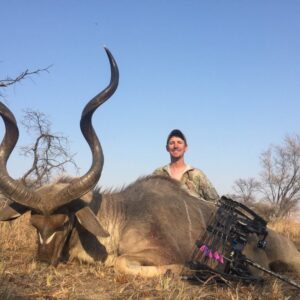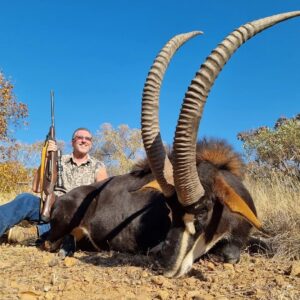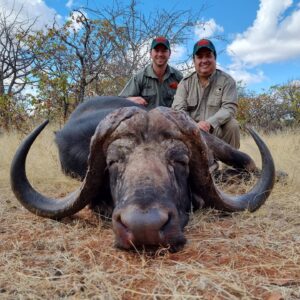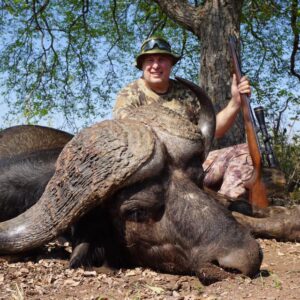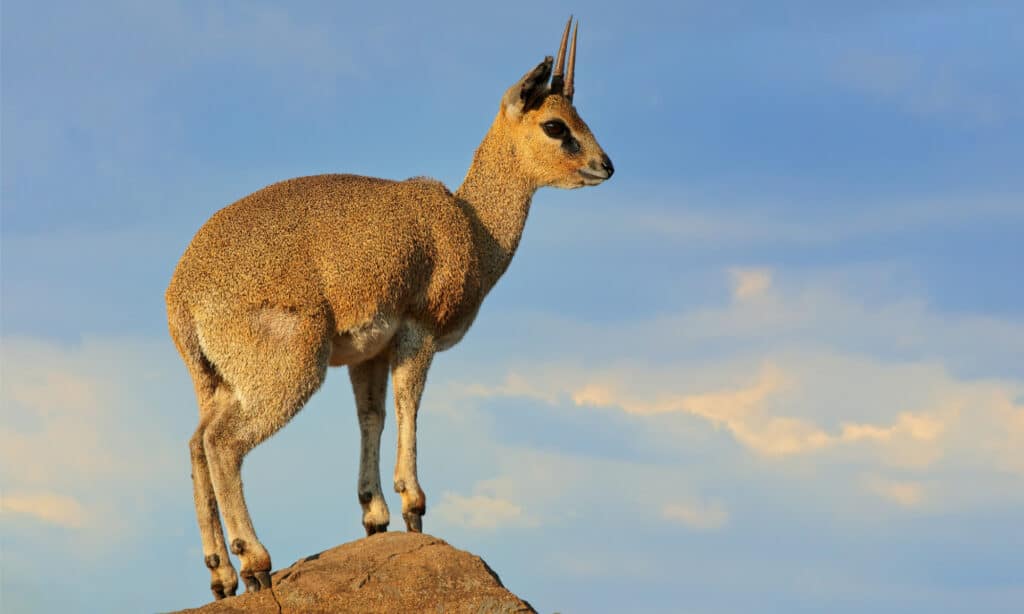
Klipspringer Hunts
The Klipspringer, or Oreotragus oreotragus, is a small antelope native to the rugged landscapes of southern Africa. Renowned for its agility and surefootedness, this remarkable creature is an icon of the African wilderness. With their distinct appearance, including short legs, elongated hooves, and a compact build, Klipspringers are perfectly adapted to their rocky habitats.
Klipspringers predominantly inhabit the rocky outcrops and cliffs of southern Africa, where they showcase their exceptional climbing abilities. These elusive creatures possess a unique adaptation that allows them to stand on the tips of their hooves, granting them unparalleled balance and agility. Their nimble movements and acute senses make them a true challenge to hunters, demanding stealth, precision, and skill.
Where to Hunt Klipspringer
Directly translated from the Afrikaans language, this small antelope’s name means “Rock Jumper”. With its goat-like hooves, the Klipspringer is found on rocky outcrops and hilly terrain with sparse vegetation, from Eastern Africa down to South Africa and along the dry arid areas of Western Namibia into Angola. They can be hunted in the highlands of Ethiopia, Uganda, Tanzania, Zambia, Zimbabwe, South Africa and Namibia. Although found in Mozambique, they are classified as protected game and may not be hunted in that country.
Best Time to Hunt Klipspringer
Klipspringer may be hunted all year round in Zimbabwe and South Africa. In Namibia the hunting season opens on 1 February and closes on 30 November. The Zambian hunting season runs from the beginning of May to the end of November. In Tanzania the season is from July to December. The best months for hunting Klipspringer are the cooler winter months of June to September when these animals are more prone to sunning themselves in the early morning sun often silhouetting themselves against the skyline. During the heat of the day they often hunker down in the shade amongst the rocks making themselves difficult to see.
Klipspringer Hunting Methods
Being primarily a nocturnal animal, they tend to be more active in the early morning and late afternoon. They are very curious animals often just standing quietly on a rock, watching you from their perch high up on a rocky outcrop or the side of a hill locally known as a “koppie”. Normally relatively easy to approach on foot. In most cases you will find yourself shooting uphill. Due to the habitat they prefer they cannot easily escape. You will not be able to follow them with any great speed across and through the rocks, so if they start moving do not make the mistake to follow them in this rocky terrain as you will never keep up. Rather move back and away from the hill to see if you can get another glimpse of them. If you are a bowhunter, they enjoy a midday drink so either use or make a blind overlooking the water.

Discover why thousands of people have trusted Outdoors International to help plan their hunt.
Outdoors International has a team of hand-selected hunting experts to help you book your next hunt. Our job it is to help you in researching, booking and planning a great hunting trip with one of our amazing outfitter partners around the world.
My hunt was absolutely top notch.
The outfitter is a fantastic man and incredibly hard working and knowledgeable, there is no doubt he will do everything within his power to make peoples hunts successful and enjoyable. I plan to do it again with him next year for sure.
Wade Zuver
Our hunt was excellent.
We saw bucks every day along with all other sorts of wildlife. Mountain goats, bears, and foxes were common sights. Fishing and crabbing was special bonus. The food was excellent, the crew was amazing. Outdoors International did a great job of finding exactly what we were looking for.
Jesse Neveau
What an amazing experience!
The hunting lodge was out of this world!, Rooms, food and the scenery were all A+. Our guide was exceptional and had us on Shiras moose all five days. We saw over 30 total with at least 10 bulls. They had a plan for everything including taxidermy and game processing.
Kayla Redmon


